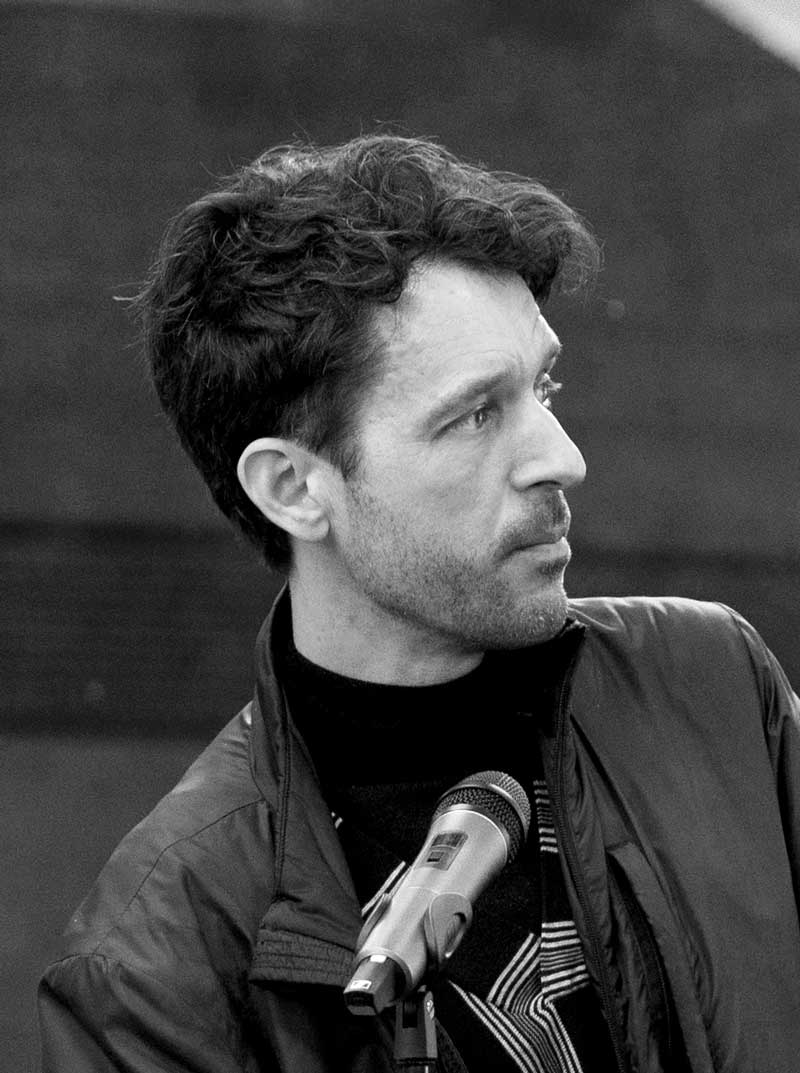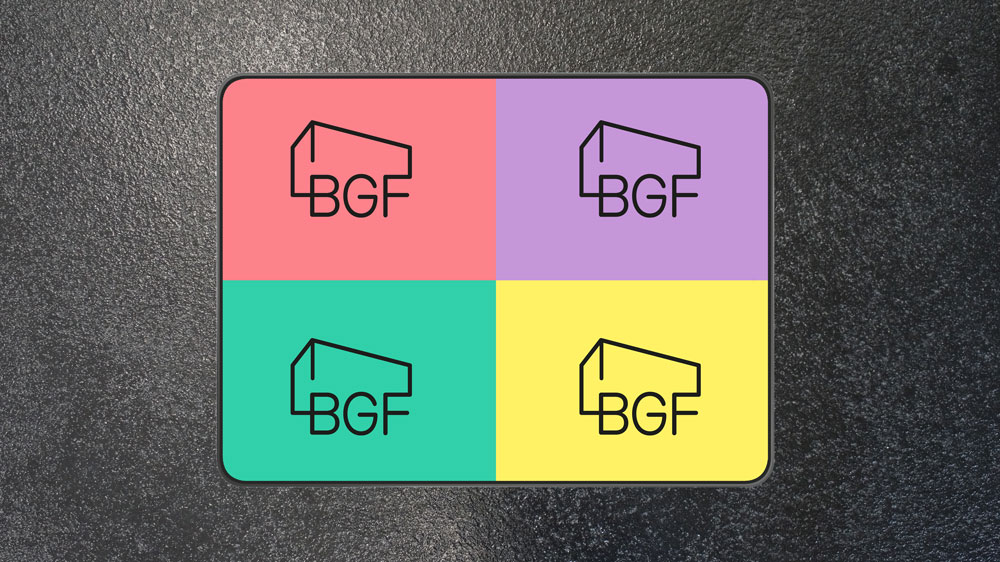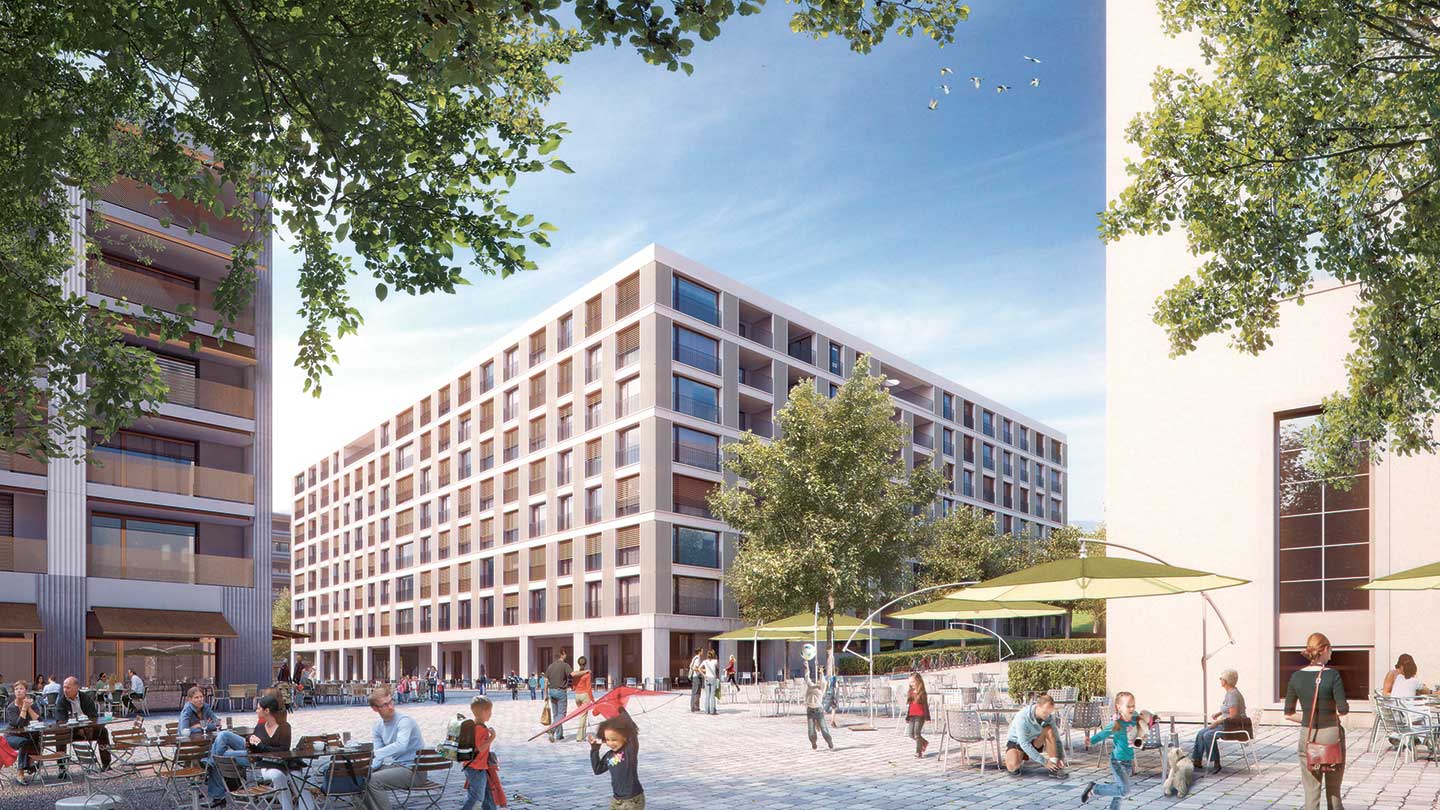Place branding
Create good
places with
place branding
What
matters
-
01
Develop fiction
Which desired image of the place suits the users and what added value does it offer them?
-
02
Define identity
Because a project brand is already accepted as a tangible option of reality.
-
03
Segment market
Evaluate key stakeholders at each stage for effective results.
We are often asked: "Can owner- and investor:ins achieve higher profits and at the same time contribute to a more efficient economy and healthy places?" Our answer is always: Yes! Because we pursue one goal with our approach and methods in place branding: Making visions visible.
We develop strategic brands with you, shape the brand design in a creative process and help you to successfully set up and implement the marketing for spatial concepts, areas, locations and destinations.
Relevant for
Anyone who wants to give a development/construction or real estate project an independent character, a memorable visual identity and a strong overall presence.
- Construction and real estate industry
- Investors
- Project developers
- Real estate companies/departments
- Institutions
- Cities & Regions & Destinations
Our Approach
Five reasons why place branding is exciting for you:

-
01
Develop a productive vision
arrow_headIn place branding, a good vision is not esoteric or idealistic. It is focused on commercial outcomes. A strong vision is also marketable, as developments are ultimately offered to the end users of a project. A vision that can be used productively always contains a narrative and clear recommendations for thematic areas that a place will occupy. This puts the end-user of a project at the beginning of the design process and ready to achieve successful results.
-
02
Take on a bridge-building function
arrow_headPlace branding serves as a management tool for building relationships between customers/users and the product. Place branding defines the promise and the tangible identity of the product. Already in early phases of development projects, it helps to win over stakeholders and communities so that they decide in favour of the product in later phases.
-
03
In place branding, the rule is: Think big!
arrow_headThe fact is: a logo does not make a brand. In place branding, this wisdom is particularly true. The brand is multi-layered and multifunctional. Place branding reflects the community spirit. It creates cohesion and conveys pride. Strong place branding attracts business and investment, ultimately improving economic performance. We know this. And we know how to make it happen: By communicating early and openly.
-
04
Visibility is more than just being seen
arrow_headPlace branding is increasingly taking place in the digital space. In order to build and maintain communities, to be able to interact and benefit from the knowledge of the community, it is important to be credible and transparent. And to pull out all the stops of "visibility".
-
05
The experience profit supports the investment
arrow_headThe effort for place branding is usually higher for all parties involved than in the development of standardised real estate products. Why should an investor accept additional effort, why should a neighbourhood, a municipality go for place branding? It is a simple calculation: In the end, it is decisive that the benefit for the visitors of the place is greatest if the focus is on the quality of the experience (the stay) and thus on the utility value of the place from the beginning.
This gain in experience for the users is the added value for the operator(s), which is ultimately also decisive for the investors.
Interested?
Then let's talk about the start of your real estate project. We always start with these three steps:
1. Development of the method
We ask you what we want to achieve. Methods such as location analysis, benchmark analysis, user sentiment research, market and trend analyses, scenario development are used as a basis for this. From this we derive the framework and the modules of the Ideation Journey - and establish the working hypotheses.
2. Start with "productive visions" workshops
We work in a co-creation workshop and always find the right evidence-based results in a team with you and the stakeholders, which you can pitch internally. Our method delivers quick visualisations, prototypes and a bouquet of ideas on how to use a place.
3. Reflection & iteration workshop
In the last section, those adjustments are made that were mentioned in the pitch in step 2. Finally, you receive a positioning that has been checked by users and internal stakeholders, a prototype (usually a website) as well as visualisations and precise wording for your first stakeholder relations.
How we
do it
Together with our clients, we first develop ambitious visions and then combine design and technology to achieve them.




